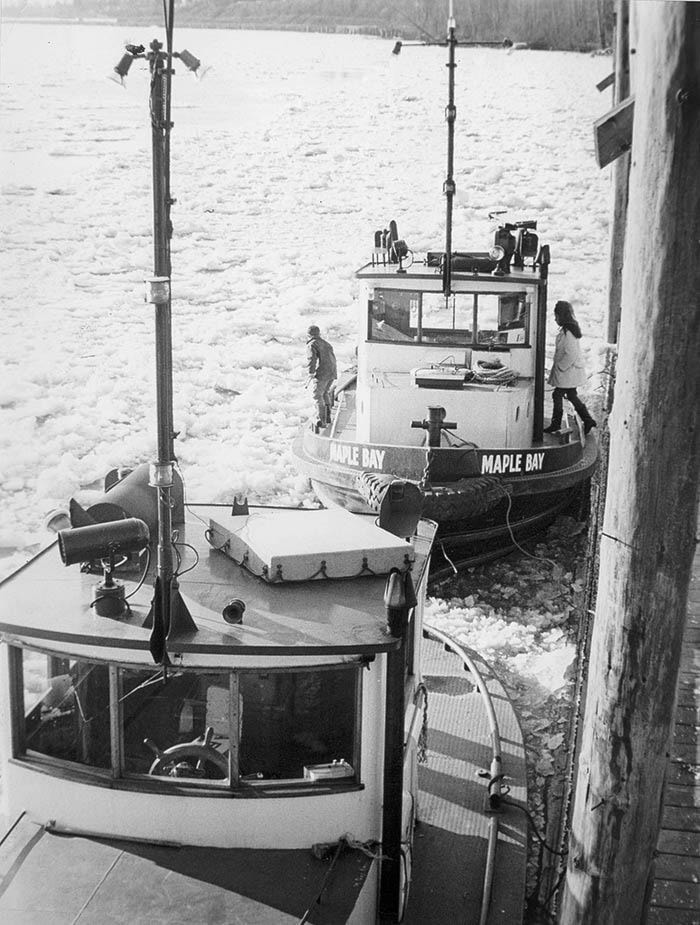Anyone who has seen Cole Cook’s stunning drone video of a hockey game on frozen Whonnock Lake can’t help but be impressed – first by the fact that it was shot using technology that is within reach of many of us, but second by the simple fact that Whonnock Lake froze solid enough to skate on.
That hasn’t happened in a while.
For a generation, at least, outdoor skating has not been an option.
The whole idea of having your dad flood a section of a field as a hard freeze approached so that you and your friends could play hockey seems to belong to a far more northern life, though I remember it quite clearly from my own childhood in the 1960s and ’70s.
We have photos in the community archives collection that show skating on Whonnock lake in the early to mid ’70s, though that appears to be the last time it was a regular occurrence.
The further back in time we go, the thicker the ice gets and the more useful it was.
Far from a daring form of recreation, seriously frozen waterways became bridges and highway routes when compared to the rough going on land. Even if the ice was on the bumpy side, it was easier to drag heavy items across ice than to break them up into smaller loads for boats. Before there was a ferry at Albion. a frozen Fraser River was quite an asset, for a time.
Of course, the quality of the freeze varied. Some years it would be smooth as glass – when the freeze happened very quickly – or choppy and treacherous, when it happened slowly and several tidal cycles sloshed the forming ice back and forth in the river.
The choppy ice wasn’t much use.
In early days, the church building from Fort Langley was sledged across the Fraser on the ice to become St. John the Divine church on this side – now the longest serving Anglican church building in British Columbia.
Brick and lumber producers also took the opportunity to move loads to customers across the river, free of the expenses of tug and barge.
Skating also played a role, though it may be an unexpected one. At Christmas in 1935, Ruskin resident Roy Lehman’s sister Violet introduced him to the young woman who would be the love of his life – Frances – who lived in New Westminster. Roy spent the rest of that winter skating back and forth between Ruskin and New Westminster to visit with Frances and carry out his courtship. They married in June of 1936 and enjoyed 64 years of marriage.
The ice itself was useful and in the days before electricity and refrigerators, ice was cut in large square chunks from the Fraser River and stored packed in sawdust in warehouses near the river. The “ice man” would deliver a new block of ice at regular intervals to sit in the ice box in the kitchen and keep meat and other products cool in warm weather.
According to the late Don Harris, the last time the Fraser River froze solid enough to drive across was in 1952. He had driven across it then, but never felt tempted again.
– By Val Patenaude, director of the Maple Ridge Museum.
